How to play 12 bar blues on the piano
When it comes to jazz, the first thing you should learn is how to play the 12 Bar Blues. It's simple, fun, and can entertain everybody if done right! Here's how to play the chord progression.
183
STEPS
TOOLS

For this guide, we will be playing the progression in C Major, meaning our first chord will be built on C.
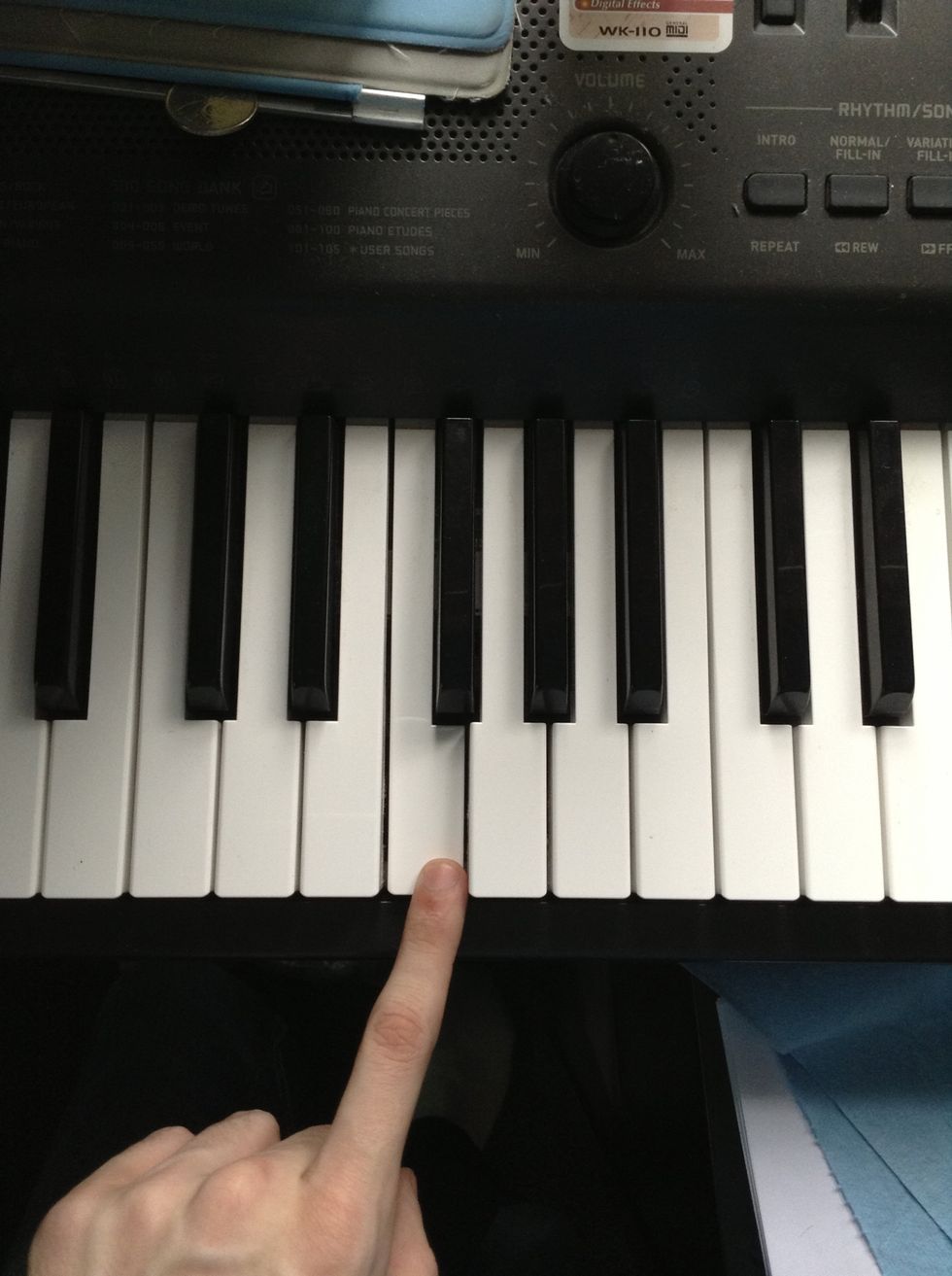
The second chord will be built on F.
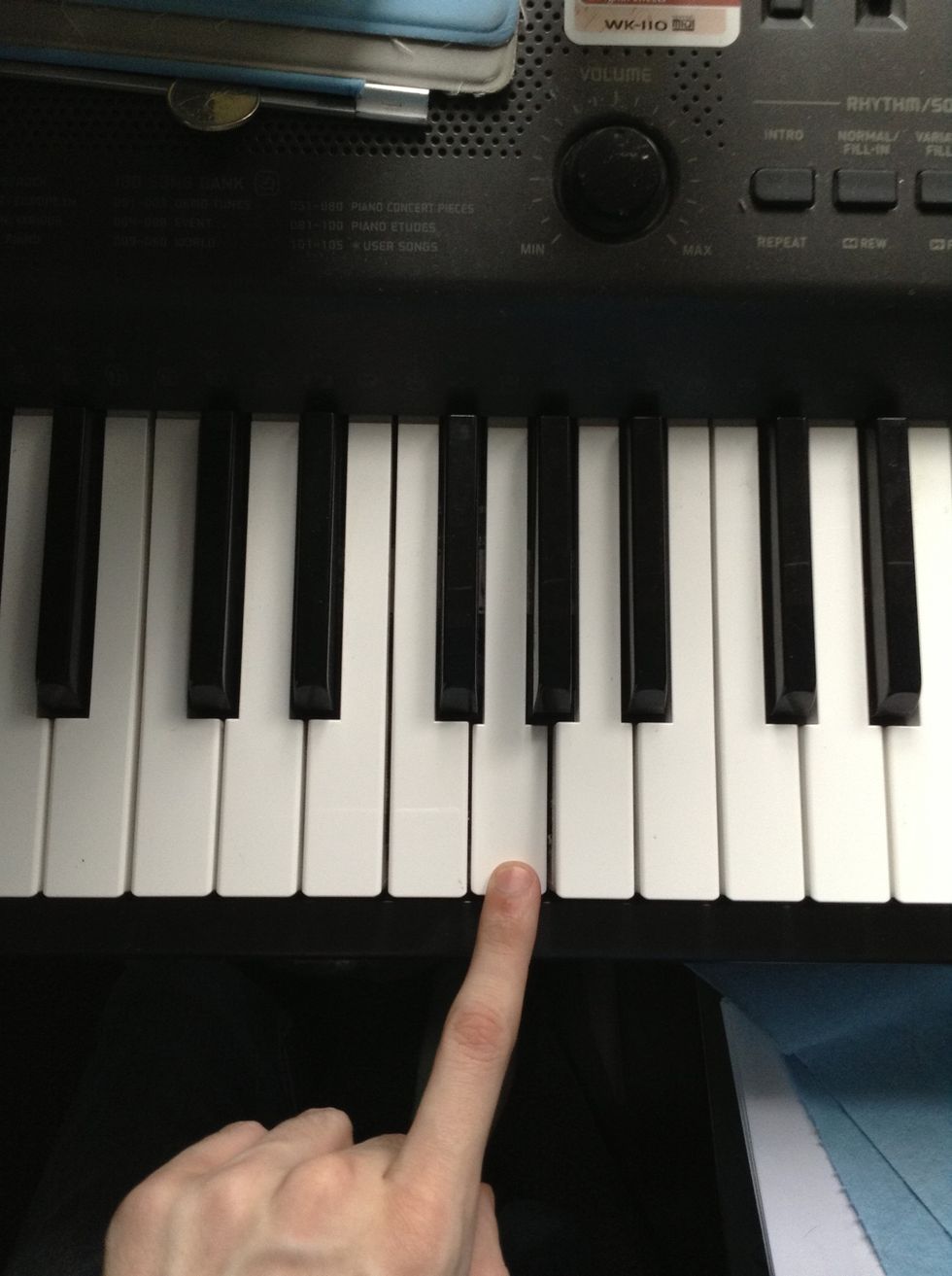
And the third on G. Now lets get to the chords.
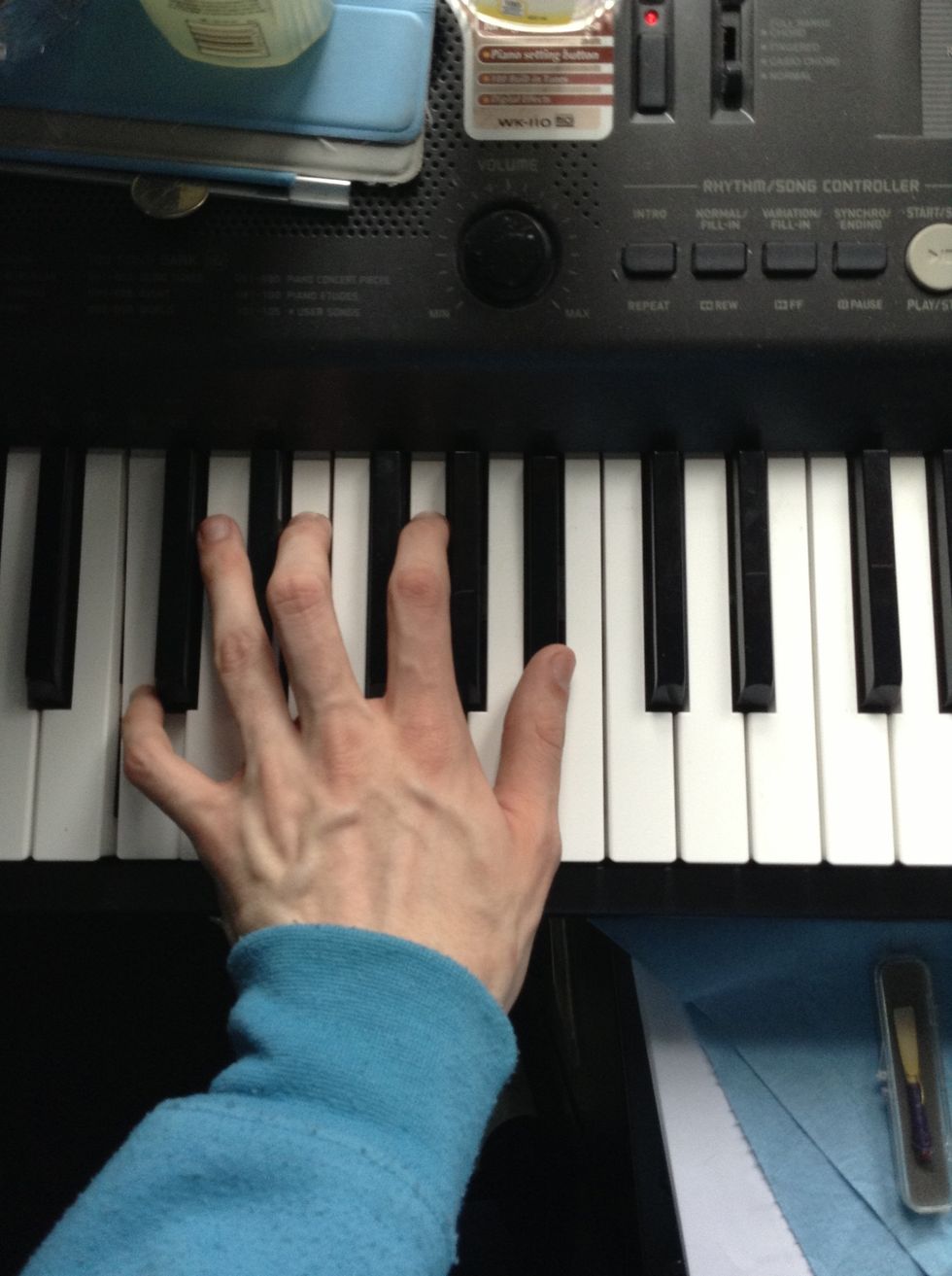
This chord is called C7. It's a C major chord with an extra note on the top. I won't get into why its called a C7, but just know that these are the notes: C, E, G, Bb (flat).
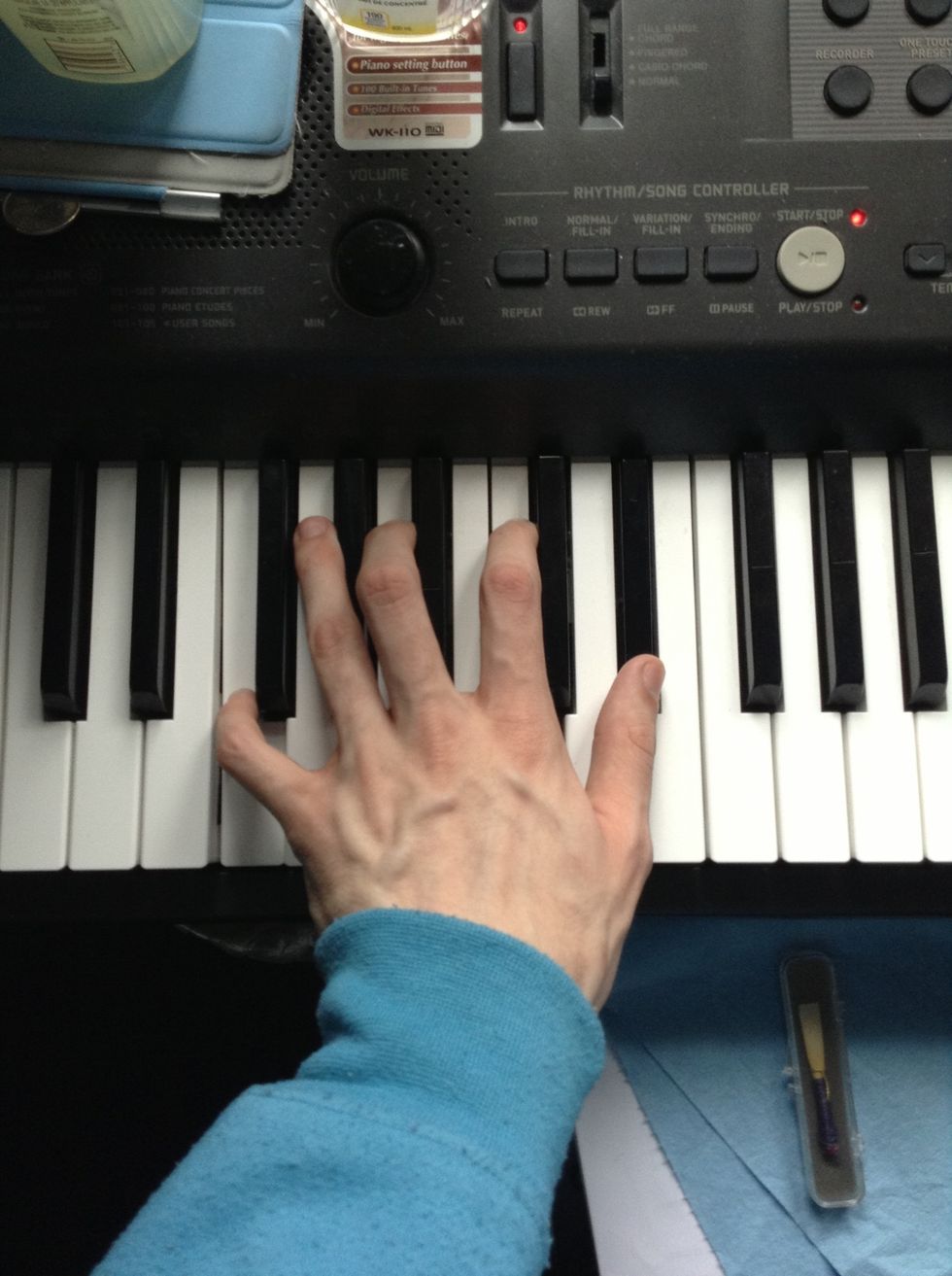
Next up we have F7, built on the F major chord, with an extra note. Those notes are F, A, C, and Eb (flat).
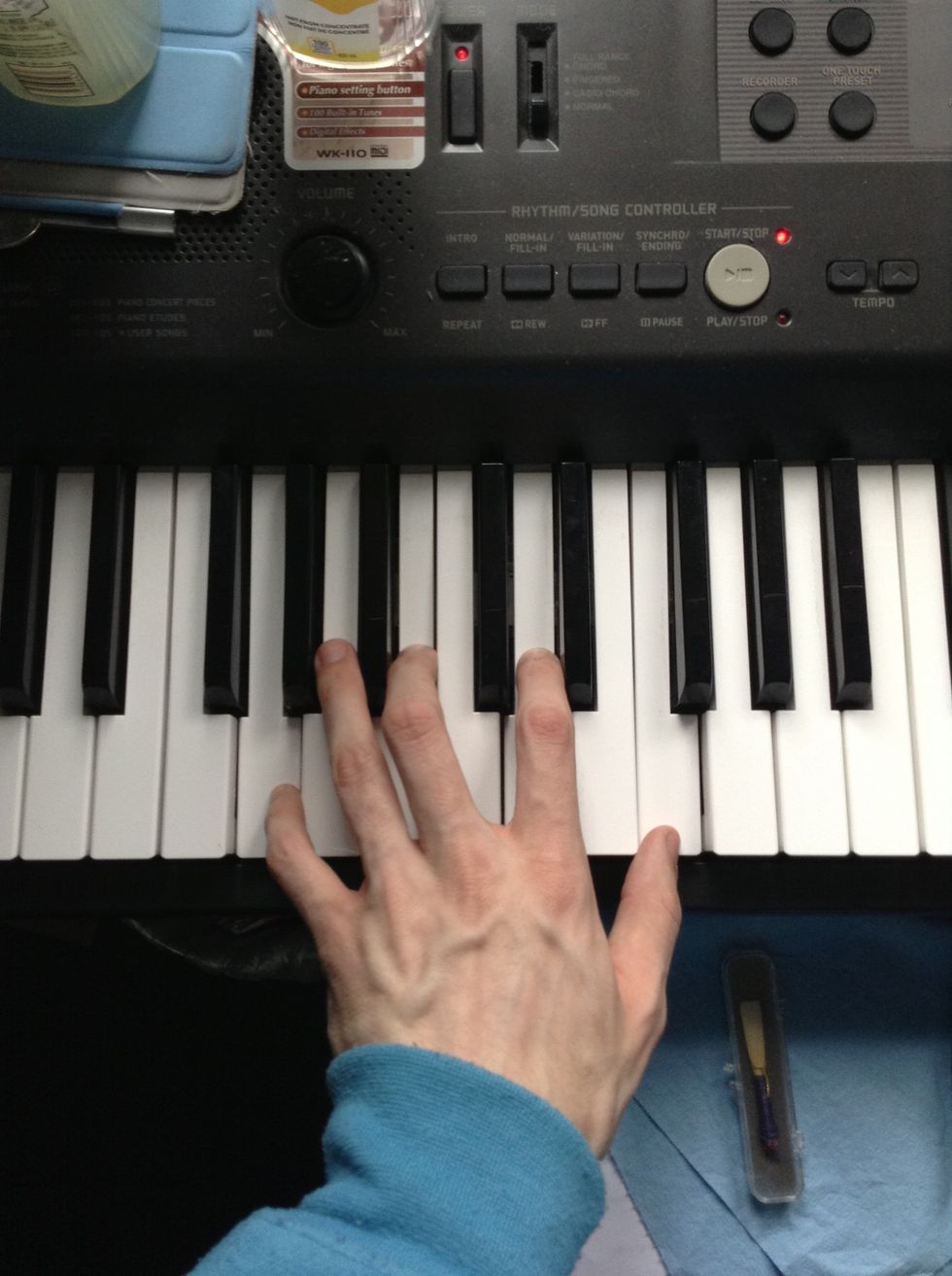
Lastly, we have G7 (see the pattern?). These notes are G, B, D, and F natural. This is the only chord of the three without a black key on top, so keep that in mind.
Alright, now that you know the chords, when do we play them? Check out the next step for the progression.
C - C - C - C - F - F - C - C - G - F - C - G
If you enjoyed this guide, please see my prior guide about playing Blues Solos on Piano. It too is based on C major, so master them both, and you'll have yourself a two-handed jazz pianist! Good luck!
- Piano